Travel
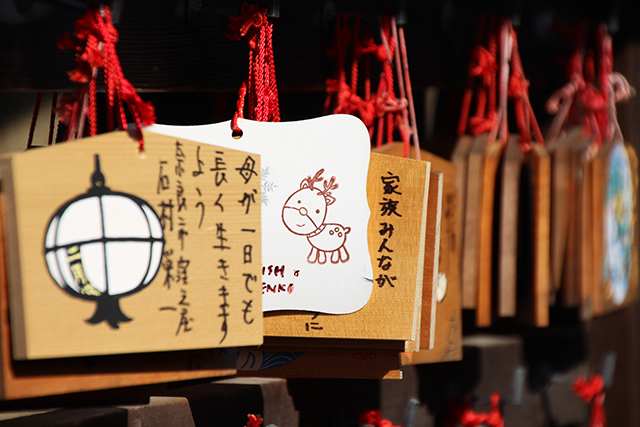
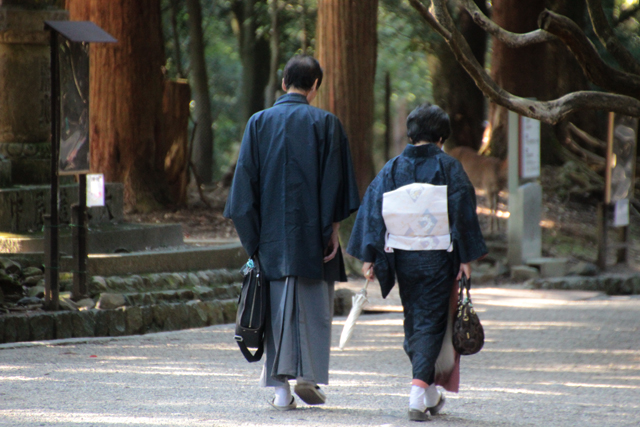
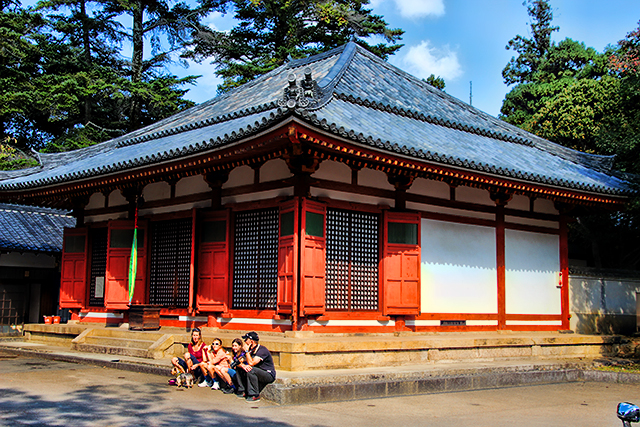

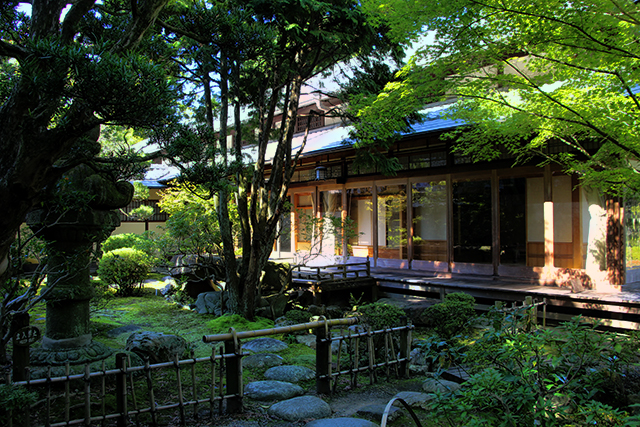
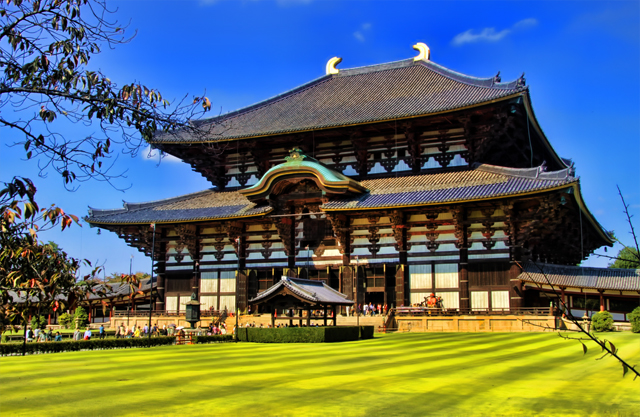
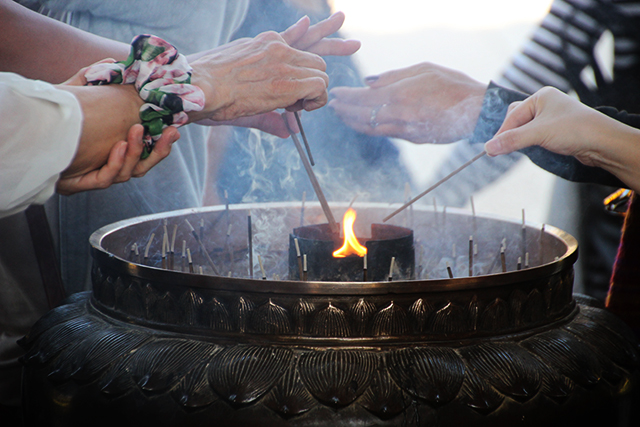
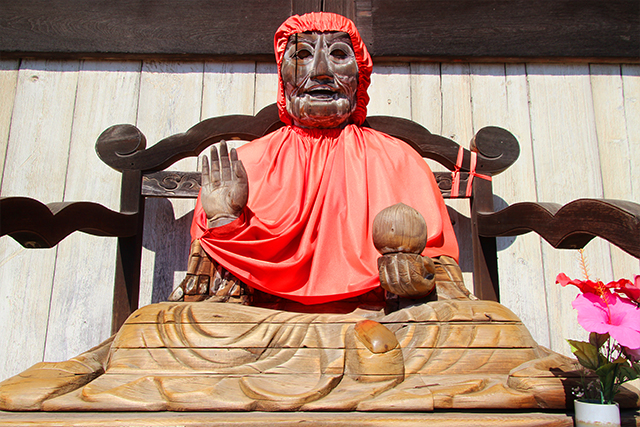
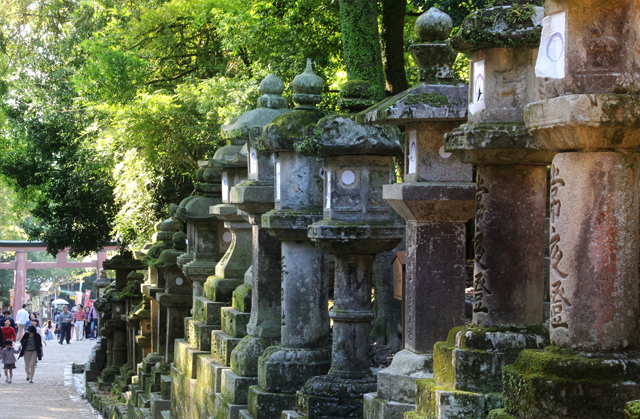
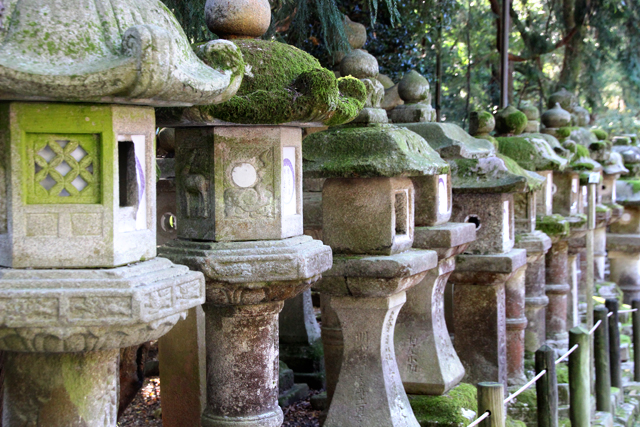
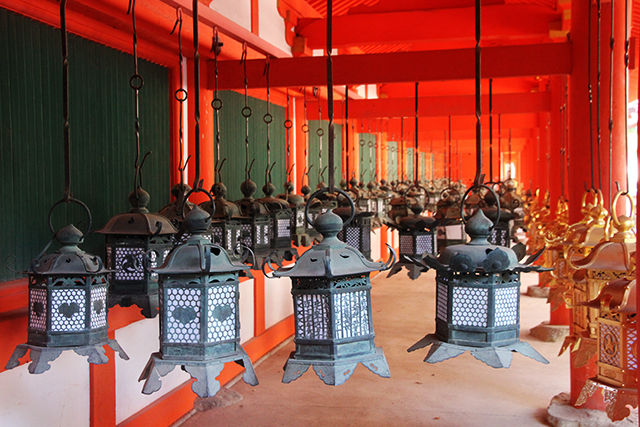
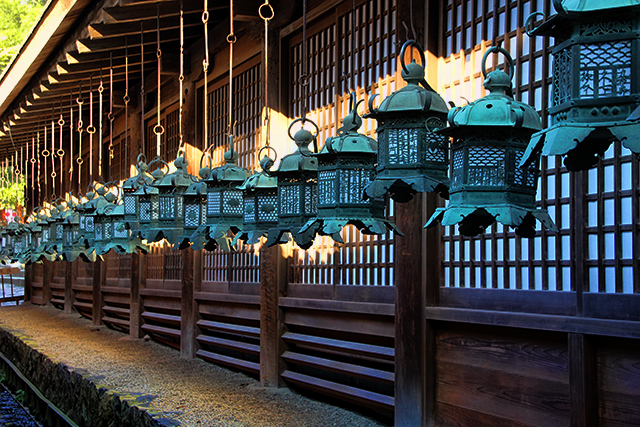
All the details that make Japan so fascinating and exotic for the outsider's eye are to be found here in Nara.
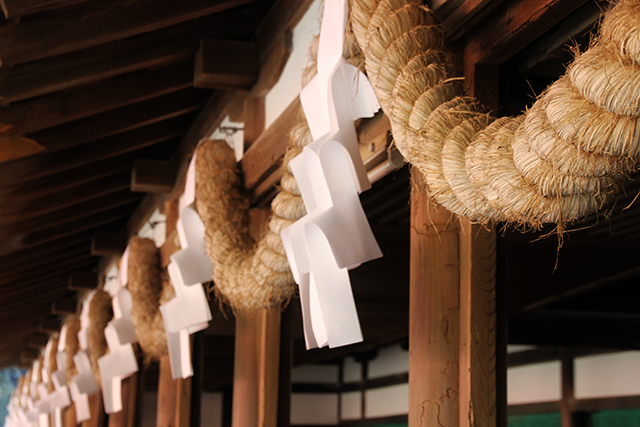
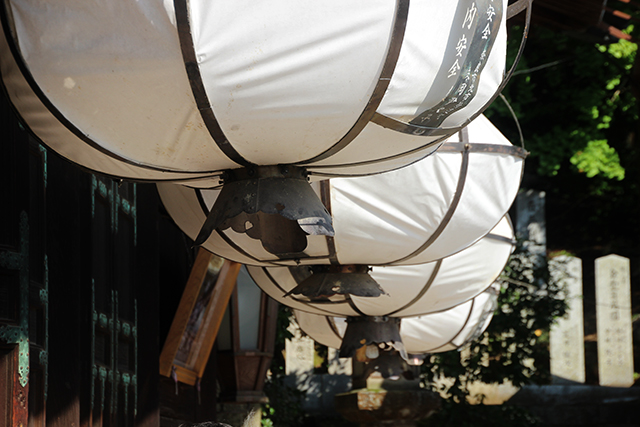
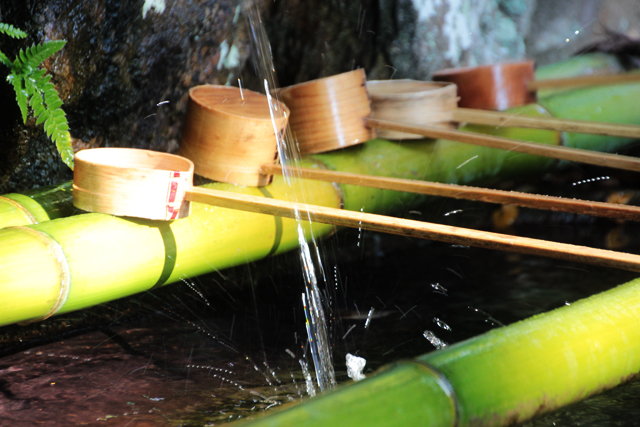
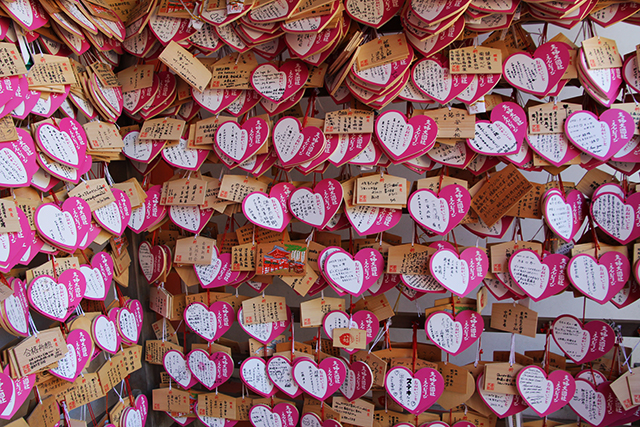
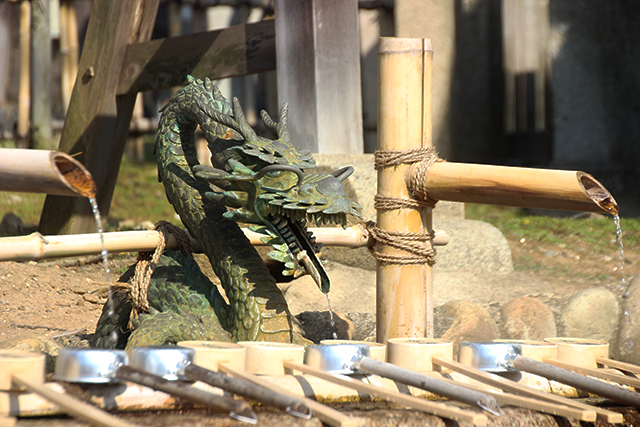
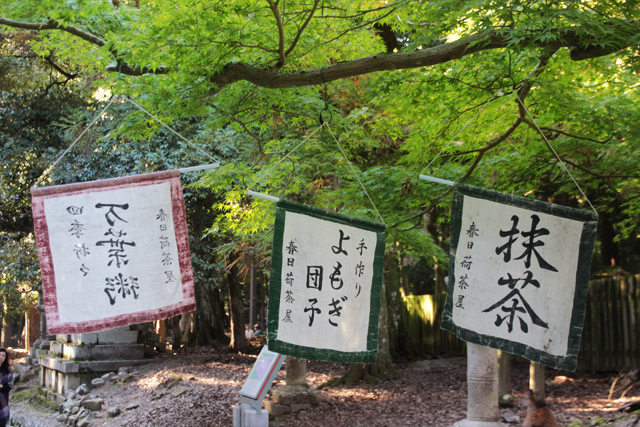
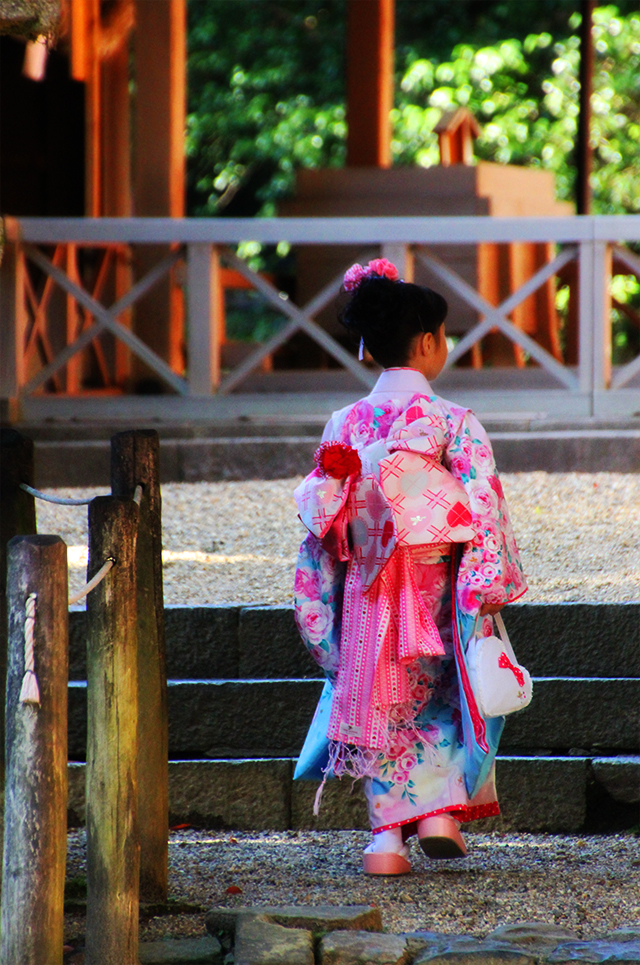
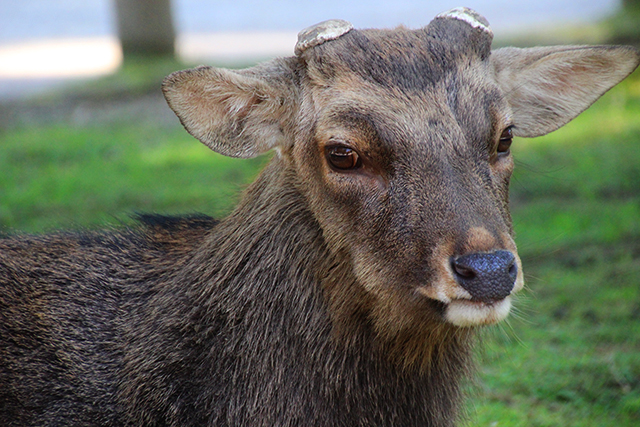
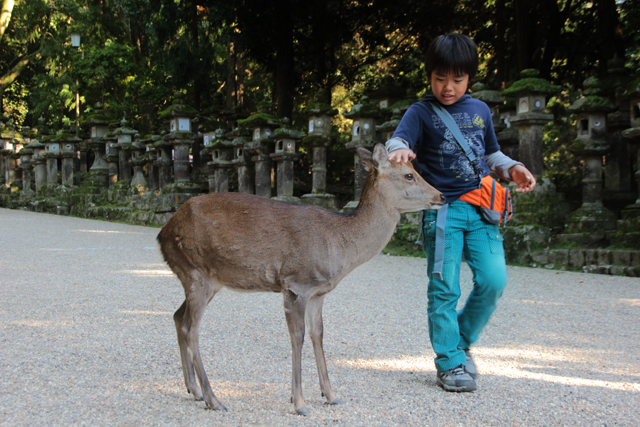
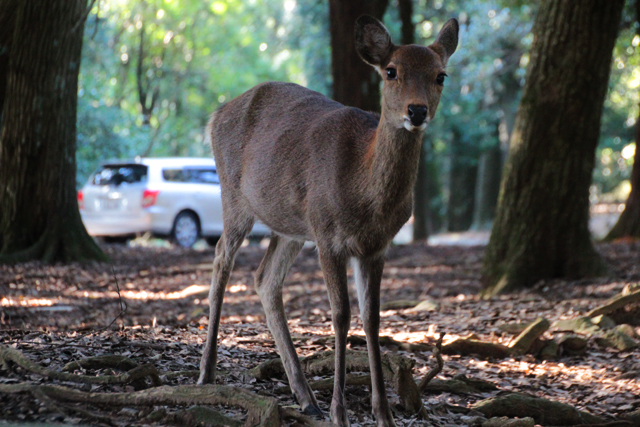
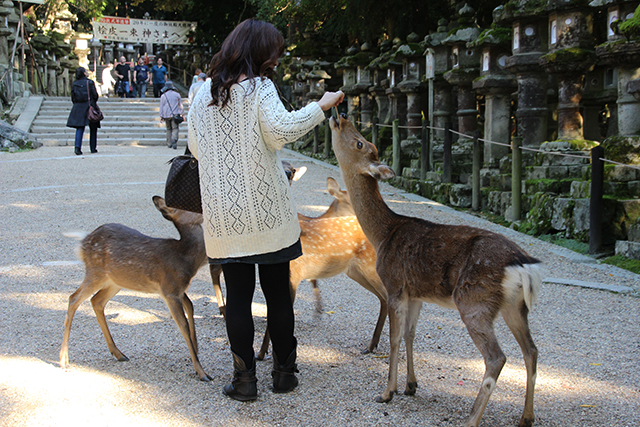
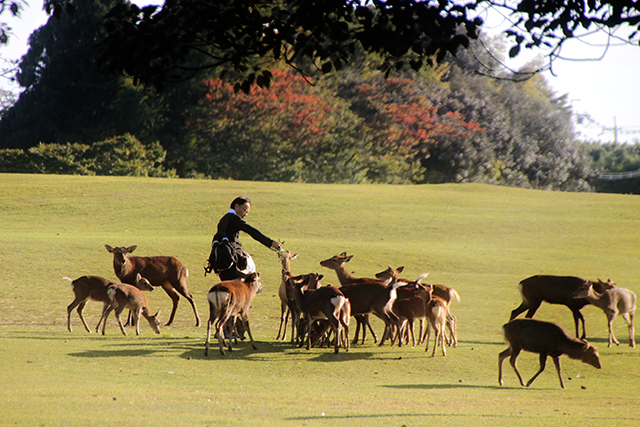
Did you ever have the chance to feed wild animals? Where?
Our time in Japan was courtesy of Japan Rail Pass
- 8 Places You Must Visit In Japan
Japan was not very high on my list of priorities, but luckily it was right at the top of my husband's bucket list. So when we planned our first trip to Asia, we both compromised a little and we tailored an itinerary that included both Japan and...
- Hotel Granvia Kyoto. Excellent Location And Breakfast
As my husband and I arrived at Kyoto Train Station by Shinkansen from Osaka, a representative of Hotel Granvia Kyoto was already awaiting for us on the platform, as part of the 'meet and greet' service the hotel provides. The man immediately took...
- The Amazing Costumes At Jidai Matsuri Festival From Kyoto
We are festival lovers, there's no doubt about it. Therefore when the staff at Hotel Granvia Kyoto (you can also read our hotel review) announced us upon our arrival that they had got festival tickets for us, we were thrilled. They totally...
- Ikebukuro Autumn Festival, Tokyo: A Photo Essay
Before going to Japan, our friend +Lili Florea (aka Muza-Chan) recommended us to attend at least one matsuri. Given our fondness for festivals and all things traditional, we thought it would be an amazing idea, but at the same time we weren't...
- Planning Our First Trip To Asia. In Style!
We have some great news! After traveling through 23 European countries and 173 cities, we are finally getting out of Europe! Just thinking about it makes us feel goosebumps. But we are not only going to Asia, we are also doing it in style. First we'll...
Travel
Nara, Japan. A Day Trip in Photos
Nara was once the capital of Japan and therefore remains a very interesting place to visit. It can be easily reached by JR from either Osaka or Kyoto in just under 1 hour. This journey is included in the JR Pass, which we highly recommend, for being very convenient and great value for money.
As there are many temples and shrines to visit in Nara, we worried we won't get to see them all in one day. That wasn't the case though. We easily managed to visit the most important attractions, spend a bit of time feeding and admiring the deer in the Deer Park, and take a good look at the UNESCO Heritage Sites in the city. Nara has this amazing advantage of having all the attractions grouped together in one huge park. Strolling from one temple to another is pleasant. The Nara Park is sprinkled with incredible trees and intriguing Japanese elements can be found every step of the way.
We were given a tourist map at the tourist office at the train station and this made our life so much easier. We stopped by a tea garden first. But then we found out every building we visited was so different from the previous ones and so much worth seeing.
Todai-ji was until 1998 the world's largest wooden building. Its main hall now hosts the world's largest bronze statue of Buddha Vairocana or Daibutsu. Apart from this, there are two more quirky details about this temple. Inside the main hall, one of the pillars has a hole the same size as one of Daibutsu's nostrils. It is said that if you pass through it, you'll be blessed with enlightenment in the next life. But, there's a catch. You either need to be a child or a very skinny person to be able to pass through. I am surprised nobody got stuck in their pursue of enlightenment yet.

The other quirky detail is the statue of Binzuru, the most widely revered disciple of Buddha. We found this statue creepy to say the last. However, the Japanese believe that if you rub a part of Binzuru's body and then the corresponding part of your own body, you'll be cured.
The forest surrounding the temples is thick, with huge trees. Strolling through Nara Park was for us both a relaxing and rewarding experience. But my favorite part remains the pathway leading to Kasuga Grand Shrine, for it is flanked with gorgeous stone lanterns, some even covered in moss, which makes for one of the most romantic sights.
The Kasuga Grand Shrine is famous for the bronze lanterns decorating its interiors. It is also a UNESCO Heritage Site.
All the details that make Japan so fascinating and exotic for the outsider's eye are to be found here in Nara.
And with a bit of luck, you can even spot people of all ages dressed in elegant kimonos. I just find the traditional Japanese clothing breathtaking. Though to be completely honest, the best place for spotting kimonos are the many festivals organized throughout the country. My husband and I were lucky enough to have attended three such festivals - the Ikebukuro Autumn Festival in Tokyo, the Jidai Matsuri festival in Kyoto and one festival in Arashiyama.
But the cutest attraction within the Nara Park are the sika deer. There are over 1,200 friendly wild deer, freely roaming all over the park. Visitors can buy megadeer-crackers to feed the deer, which make the animals very happy. They are also very respected and protected - they seem not to have forgotten that once they were considered sacred and killing them was punishable by death.
Did you ever have the chance to feed wild animals? Where?
Our time in Japan was courtesy of Japan Rail Pass
- 8 Places You Must Visit In Japan
Japan was not very high on my list of priorities, but luckily it was right at the top of my husband's bucket list. So when we planned our first trip to Asia, we both compromised a little and we tailored an itinerary that included both Japan and...
- Hotel Granvia Kyoto. Excellent Location And Breakfast
As my husband and I arrived at Kyoto Train Station by Shinkansen from Osaka, a representative of Hotel Granvia Kyoto was already awaiting for us on the platform, as part of the 'meet and greet' service the hotel provides. The man immediately took...
- The Amazing Costumes At Jidai Matsuri Festival From Kyoto
We are festival lovers, there's no doubt about it. Therefore when the staff at Hotel Granvia Kyoto (you can also read our hotel review) announced us upon our arrival that they had got festival tickets for us, we were thrilled. They totally...
- Ikebukuro Autumn Festival, Tokyo: A Photo Essay
Before going to Japan, our friend +Lili Florea (aka Muza-Chan) recommended us to attend at least one matsuri. Given our fondness for festivals and all things traditional, we thought it would be an amazing idea, but at the same time we weren't...
- Planning Our First Trip To Asia. In Style!
We have some great news! After traveling through 23 European countries and 173 cities, we are finally getting out of Europe! Just thinking about it makes us feel goosebumps. But we are not only going to Asia, we are also doing it in style. First we'll...
